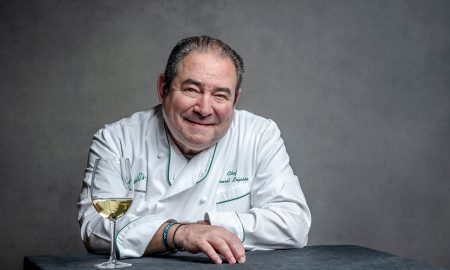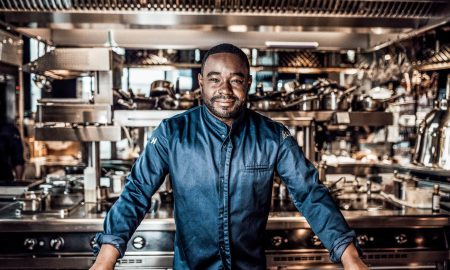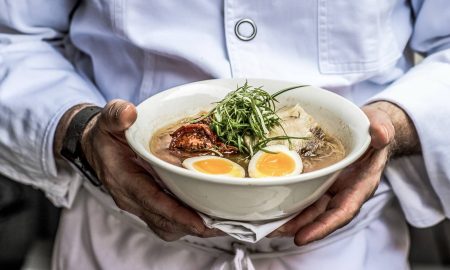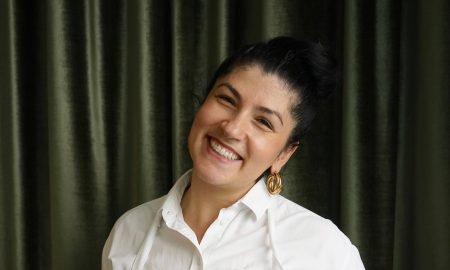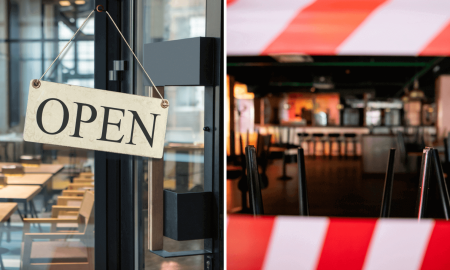First things first, it is virtually impossible to provide a clear ranking. After all, each of the restaurants featured here is unique in its own right. What they all have in common, however, is that their respective owners are committed to environmentally friendly gastronomy and building a better world. Whether it’s through integrated research centers or smart zero-wasterestaurant concepts, growing seagrass as superfood or creating green oases in the middle of smog-covered cities, their goal is clear: to cook in an environmentally or climate-friendly and ecological way, thereby making gastronomy greener and more sustainable. And with each plate they serve, they convey this message to the world.
Become inspired and discover the most exciting and successful sustainability concepts from restaurants around the world.
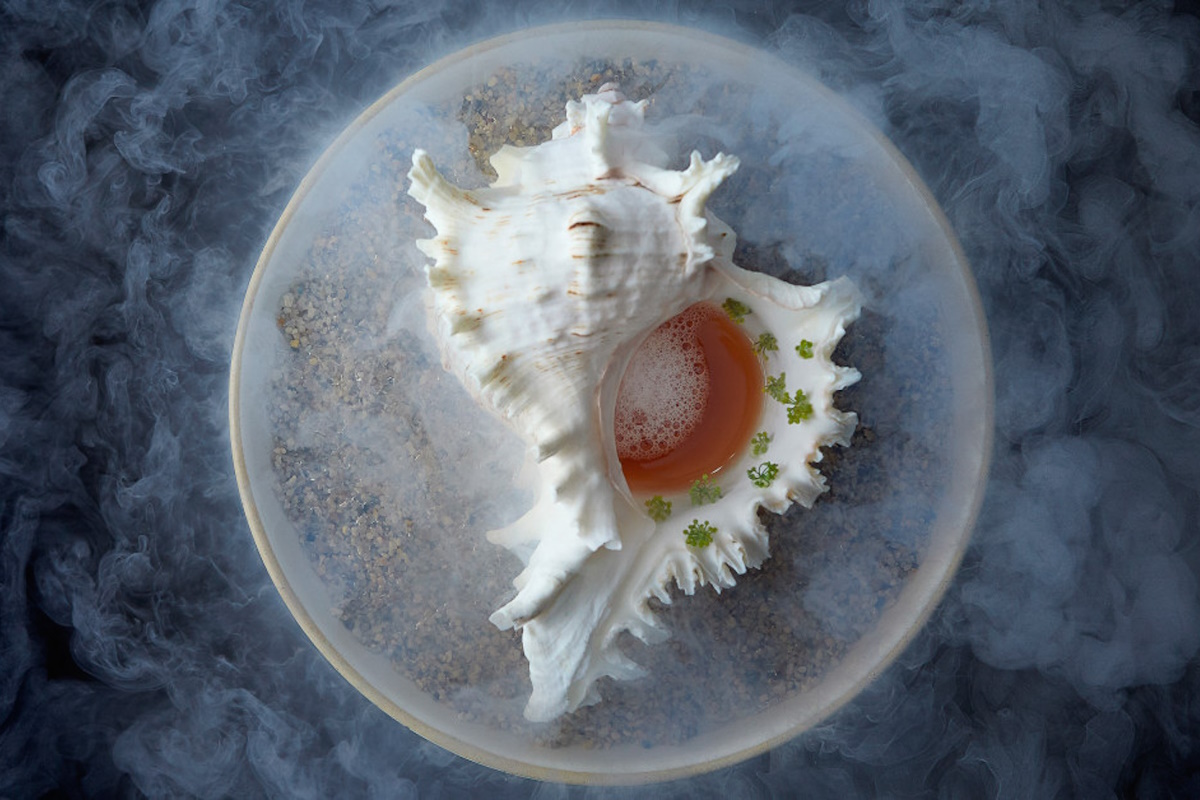
Image: Haoma
Haoma – a zero waste restaurant in Bangkok
It all started with an online course on aquaponics. This is a special form of aquaculture in which – put simply – the particularly nutrient-rich water from a fish tank (aquaculture) is used to grow plants (hydroponics). Within just one year, thanks to numerous attempts and despite a few setbacks, this became a modern aquaponics facility in the middle of Bangkok. It is the heart of Deepanker Khosla’s sustainable restaurant Haoma and a milestone in his career. In November 2022, the Indian-born chef was awarded both his first Michelin star and the Green Michelin Star for sustainability – all in one night.
In addition to fish, the aquaponic system can be used to grow forty different herbs and plant species in a resource-saving manner. The plant is irrigated with rainwater, which is collected throughout the year. To give guests an idea of how Haoma operates as a sustainable restaurant in the middle of a city of millions, they are invited to take a little walk before the meal. While strolling through the garden, guests don’t just sample the home-grown vegetables or look at the fish: Above all, they get the chance to experience up close what environmentally friendly gastronomy can look like. The sustainability concept also includes a vertical farm and a small farm with more than 750 chickens, 12 goats and four cows. While Haoma shines for its excellent cuisine alone, it is probably the philosophy behind it that makes Bangkok’s first zero-waste restaurant so unique.

Image: Aponiente
Aponiente – a sustainable fish restaurant in Spain
Only a love of the sea is greater than his love for cooking. After training as a chef, Ángel León therefore took a short break to work on a fishing boat, where he saw that 30 to 40 percent of the fish were simply thrown away. Not because they were inedible, but because they were among the unknown fish species that did not sell well. The young Spaniard therefore decided to find new uses for this by-catch, or moralla as it is known in Spain, as a chef.
Founded by Ángel León in 2006 near Cádiz, Aponiente, which has been awarded a Green Michelin Star and the special prize for sustainability from “50 Best”, is undoubtedly one of the most sustainable restaurants in Spain. It is also a restaurant with an educational mission. The three Michelin-starred chef’s pantry is the sea. For example, Aponiente serves sausage and ham made from fish, pasta made from fish collagen or sauces made from home-grown plankton. The menu also includes sea honey, marinated sea snails and lettuce from marsh plants, which incidentally are made from the leaves of marine phanerogams.
One of the Andalusian native’s most important discoveries, however, is Zostera marina: ordinary seagrass. Far from ordinary, it is very rich in nutrients and requires neither fertilizer nor fresh water. It contains small seeds that have a similar consistency to quinoa and rice and can also be cooked in a similar way. Together with the local university and a research team, Ángel León has now succeeded in cultivating the new superfood on the salt marshes surrounding his restaurant. In a world that consists of three quarters seawater, not only could this be a remedy for world hunger, it could also help combat climate change through sustainable gastronomy.
Sieh dir diesen Beitrag auf Instagram an
Frea – Germany’s first vegan zero waste restaurant
The average restaurant in Europe produces around 70,000 kilograms of waste per year. No need to translate this into terms of adult elephants or blue whales to illustrate that this is clearly too much. That’s why restaurateurs around the world are developing smart concepts to reduce waste – both in the kitchen and with packaging. The best-known examples of waste reduction are undoubtedly the Silo in London and the Nolla in Helsinki.
Frea in the center of Berlin goes one step further and is now the first plant-based zero-waste restaurant in Berlin. The food is seasonal, the ingredients come from local farmers and all fruits and vegetables are delivered in reusable containers. Even in the kitchen, owners Jasmin and David Suchy do their best to avoid packaging materials by making their own pasta, bread and chocolate together with their team. Finally, the cycle is completed with the company’s own composting machine, which turns organic waste into fertilizer within 24 hours. The waste is then returned to farms or the zoo, where it is used to grow vegetables or plant new gardens. The perfect example of how sustainability in gastronomy can not just be put into practice, but actually embodied.
Sieh dir diesen Beitrag auf Instagram an
Apricity, London – sustainability down to the smallest detail
Just one year after opening her restaurant Apricity in London, owner and head chef Chantelle Nicholson was awarded the Green Michelin Star. It was not her first, however, as she had already received this award in 2021 while still managing Tredwells near Covent Garden. Born in New Zealand, she attributes her commitment to her roots and has particularly fond memories of her aunt’s orchard. “I now see it as a privilege to have had such a childhood. And it gave me a deep understanding of where food comes from and how it ended up on my plate,” she says in an interview with the New Zealand Business Women’s Network.
Sustainability is the theme that runs through every aspect of her London restaurant. This ranges from regional and seasonal cuisine to partnerships with small suppliers who, among other things, practice regenerative agriculture. Chantelle Nicholson designs the dishes so that everything is used, from the peel and seeds to the stem and tip. The bright and friendly interior of the restaurant is also emblematic of recycling and upcycling. For example, the chairs are each made from 111 recycled Coca-Cola bottles and the lampshades are made from recycled coffee grounds or oyster shells. Above all, however, Chantelle Nicholson believes in sustainable employee management. This includes flexible working hours, two days off per week and fair pay.
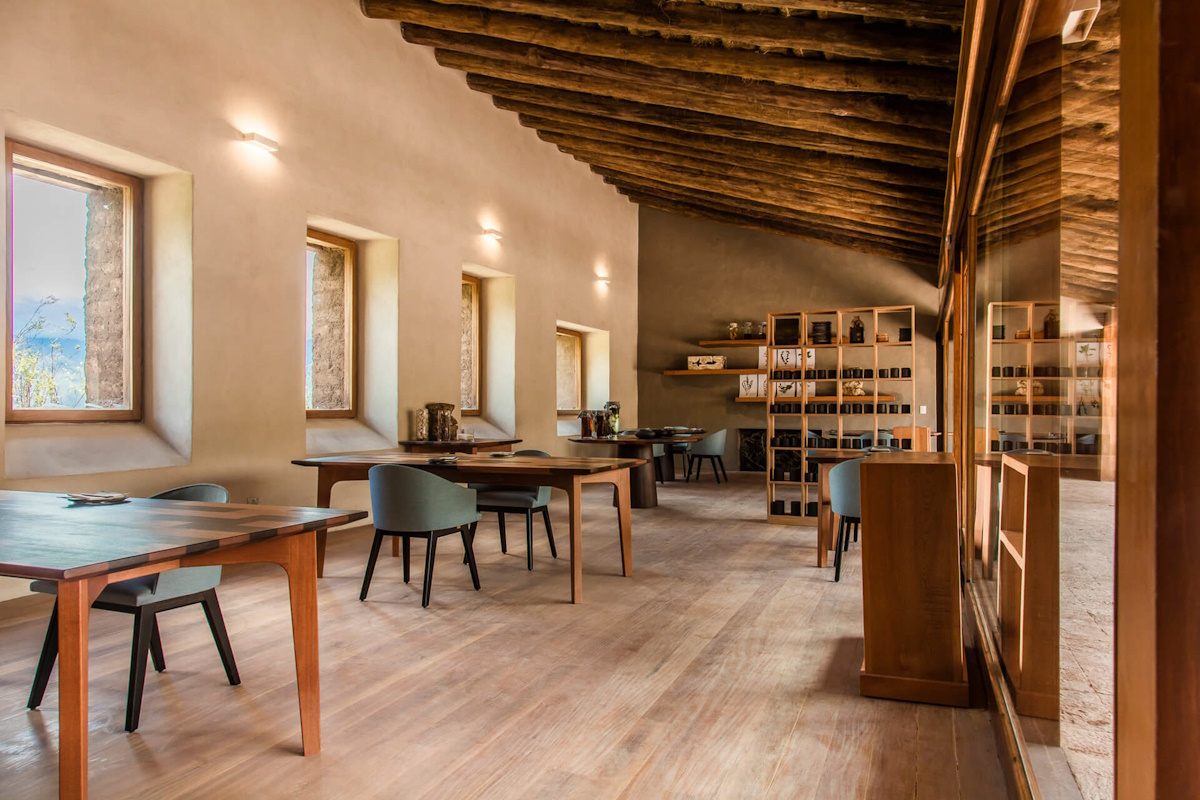
Image: Mil Centro
Mil, Peru – sustainable food and research with a view
International top chef Virgilo Martínez runs several excellent restaurants. Central in Lima, which he runs together with his wife Pia León, is currently even at the top of the “50 World’s Best Restaurants” list. However, it is a small restaurant with around ten tables, on the edge of the Inca ruins near Cusco that catapults the Peruvian to unimagined heights and onto our list of the most sustainable restaurants. This is not just because it is situated at an altitude of 3,500 meters. With his restaurant, Mil, Martínez has succeeded in bringing biodiversity to the plate, creating experiences and conveying values such as cultural identity and respect for the environment.
On the one hand, its mission for sustainable gastronomy is reflected in the ingredients that come almost exclusively from the Andes: corn, quinoa, tubers or colorful potatoes. For this, the team works closely with indigenous communities to develop and utilize new crops. On the other hand, the headquarters of the Mater Iniciativa are also located in Mil. This is the heart and soul of the restaurant, so to speak, where botanists, nutritionists and anthropologists research, analyze and catalog the food that the diverse environment has to offer.
Guests enjoy the breathtaking view while strolling through the restaurant’s herb garden, but can also explore the restaurant’s own distillery laboratory, where experiments are carried out with roots and herbs. In other words, active research is carried out for environmentally friendly gastronomy.
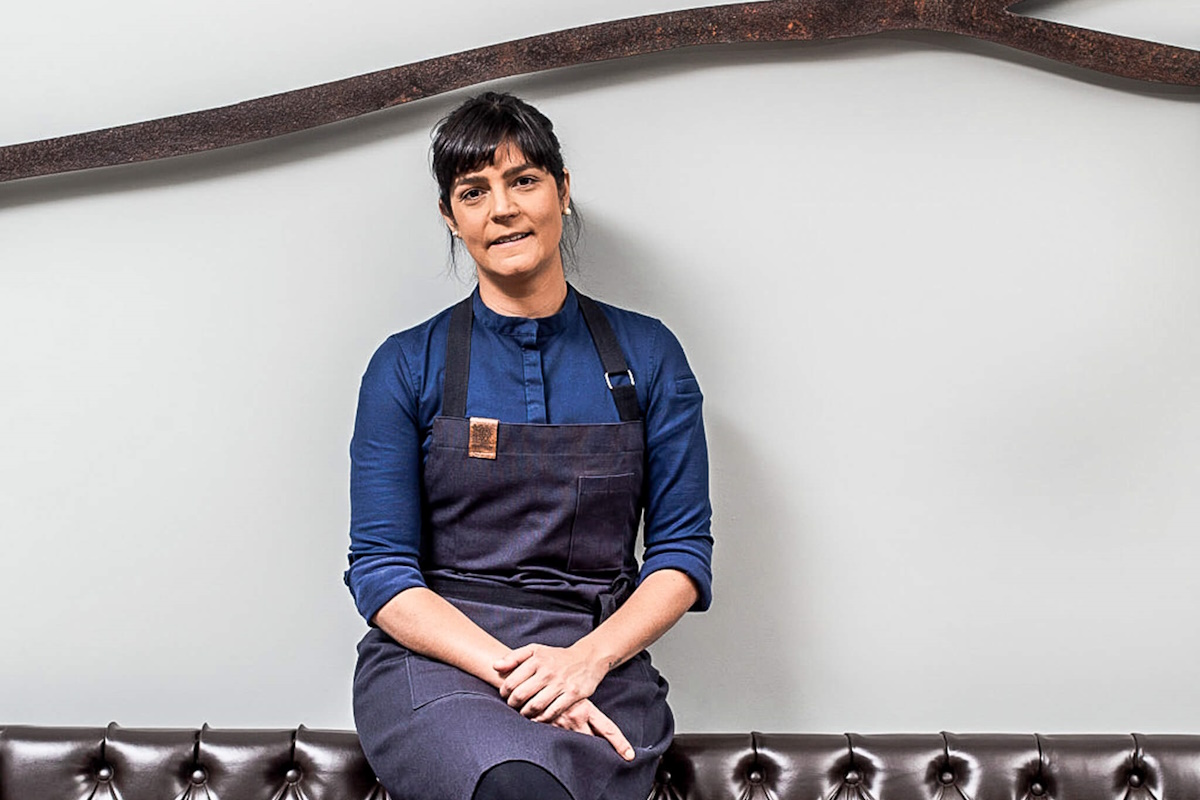
Image: Helena Peixoto
Manu, Brazil – from sustainable ingredients to urban gardening
“Since we opened our doors, my philosophy has always been to get the best out of what our surroundings has to offer. Both in terms of the products and the relationships we want to build with our suppliers,” says Manoelle “Manu” Buffara in an interview with “50 Best”. Since 2011, she has run Manu restaurant in Curitiba, Brazil. In 2023, she was awarded the Flor de Caña Sustainable Restaurant Award for this.
Named Latin America’s Best Female Chef in 2022, the chef pays the utmost attention to every detail. This includes the silverware, arrangement of the dishes and even flowers for the tables, which she often picks herself. Every single ingredient she uses is carefully selected (and as sustainably as possible). The same applies to the different suppliers. In the meantime, Manu Buffara has succeeded in building a reliable network of local producers, many of whom have become good friends. That’s important to her. The commitment of the dedicated Brazilian does not just have a positive impact on Brazil’s restaurant scene, but also on the people in Curitiba. For example, she took part in the city council’s urban gardening project on a grand scale, where she transformed abandoned neighborhoods into flourishing gardens. She also leads workshops for children and adults on topics such as waste prevention or healthy eating. Together with other chefs, she also provides homeless people with meals on a weekly basis.










